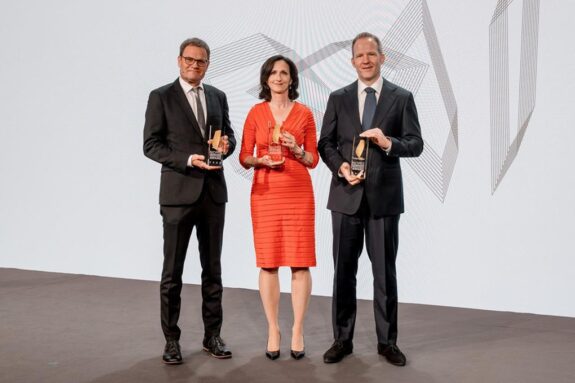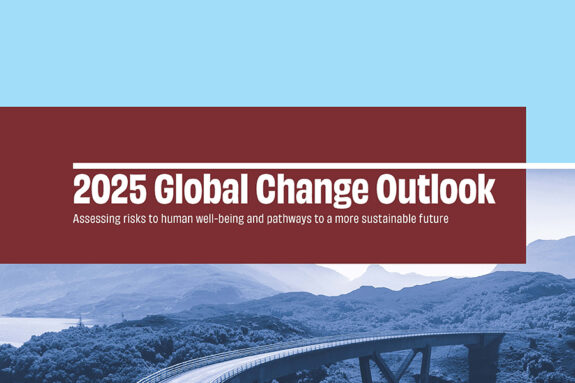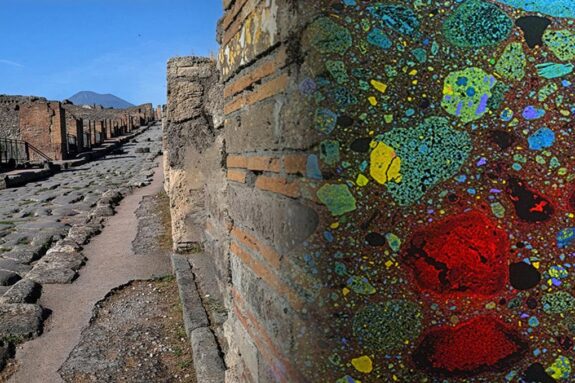MIT Joint Program faculty affiliate Noelle Selin shares scientific perspective in Civic Series webinar
As the United States transitions from one administration bent on rolling back climate regulations to another that aims to accelerate climate action, it seems as good a time as any to take stock. What do scientists understand about today’s climate; how much worse are hurricanes, wildfires, heat waves and other climate impacts going to get in coming decades, and what does the country and world need to do to reduce the likelihood and severity of those impacts?
On January 14, MIT Joint Program on the Science and Policy of Global Change faculty affiliate Noelle Selin, an associate professor at MIT’s Institute for Data, Systems and Society and Department of Earth, Atmospheric and Planetary Sciences, addressed these questions in a webinar hosted by Civic Series. In prepared remarks and a Q&A, Selin described how much the climate has changed since pre-industrial times; its likely trajectory in the coming decades under current emissions-reduction policies; and what nations, states and individuals can do to slow it down and avoid the worst impacts of climate change.
Where we are
Selin observed that carbon dioxide emissions, due largely to the combustion of fossil fuels, have raised the global average surface temperature considerably; the average temperature for 2020 was more than one degree Celsius above the pre-industrial level of the 1850s. While global warming is more pronounced at the poles, where melting ice sheets threaten to further raise sea levels, it is amplifying the frequency and intensity of climate impacts around the world.
“We have new methods that can tell us with what probability an event would occur, and the chances of that event occurring under climate change versus not under climate change,” said Selin, noting clear links between climate change and a heightened risk of weather extremes.
Where we are headed
Even if all countries fulfill their current Paris Agreement pledges to reduce carbon dioxide and other greenhouse gas emissions that warm the planet, global warming is likely to exceed 3°C by the end of the century. At that level, heat waves, droughts, floods and other extreme weather events will become far more commonplace, disruptive and deadly. In certain regions it will become dangerous to work outside, and many crops, coral reefs and sensitive species will decline.
What we can do
To slow global warming enough to achieve the Paris Agreement’s long-term climate goals of keeping the average global temperature well below 2°C (and ideally 1.5°C) will require that the planet achieve net zero emissions ASAP—by 2070 for the 2°C target, by 2050 for 1.5°C. That means eliminating carbon emissions in energy, transportation, agriculture and other sectors within a few decades. The incoming Biden administration has committed to the 2050 time frame, and individuals can support this goal through legislative advocacy and collective action to reduce personal carbon footprints.
“If you continue to put carbon dioxide into the atmosphere, the concentration keeps going up and it keeps warming,” Selin explained. “So in order to meet any of these targets, we need to get to [net] zero emissions. It’s not just about cutting emissions to a certain level; it’s about getting rid of them completely in order to get any of these targets. It’s a timing problem how quickly you can get to zero.”
Civic Series hosts jargon-free, non-partisan events to help people understand, think for themselves, and have meaningful conversations about critical societal issues. Each event provides participants with ample opportunity to pose questions to featured experts.
Watch the webinar here.
Story Image: Handle with care (Source: Flickr/Chanze photo a r t)



